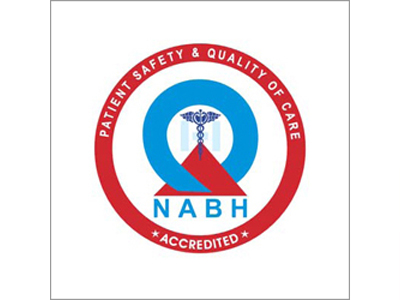Hyderabad, February 28, 2019: A study on Dry Eye Disease conducted by researchers at L V Prasad Eye Institute (LVPEI), on 1.45 million patients was published recently in ‘The Ocular Surface’, a prestigious peer-reviewed international medical journal. The team headed by Dr Sayan Basu and Dr Anthony Vipin Das analyzed millions of data records using LVPEI’s indigenously developed eyeSmart Electronic Medical Records (EMR) system. The study estimated that based on current incidence rates, 45% or nearly half of India’s urban population is likely to be affected by this condition by the year 2030, roughly translating to a staggering 275 million people. Even rural India is likely to see 17 million new patients of dry eye disease every year. This would make dry eye disease a serious health concern, even more, common than diseases like diabetes or heart disease. The study discovered novel insights such as age and gender-related risk for dry eye disease, where men were noted to be at higher risk in their twenties or thirties, while women were more vulnerable in their forties and fifties. Other high-risk factors that were identified included urban residence, socio-economic affluence and professional work (including computer-based vocations).
Dr Pragnya Rao, dry eye disease specialist and lead author in this paper said, “The first step in developing a comprehensive public health approach towards treating a complex condition such as dry eye disease is to understand the epidemiology of the disease in the local population. In our study, we were for the first time able to identify the specific groups at risk of developing this condition. Since India is an emerging economy with a growing middle-class, increasing urban-migration and a large aging population, the country is on the brink of a dry eye disease epidemic.”
“The eyeSmart EMR is an award winning electronic medical record system developed by LVPEI. With technology aiding in accurate clinical documentation, it is now possible to access large structured datasets for research. Mining big data presents us with a great opportunity to generate reliable evidence in tracking disease patterns and treatments better, thereby bridging the gap in human understanding. The sheer scale of volume, variety, veracity and velocity of EMR data opens up new frontiers for medical research in India,” said Dr Anthony Vipin Das, the brain behind developing the eyeSmart EMR system.
Dr Sayan Basu, Director of the Center for Ocular Regeneration added, “Dry eye disease not only affects the patient’s vision, but also disturbs their quality of life, causing anxiety and even depression, often affecting their professional productivity. However, if detected early and treated appropriately, patients with dry eyes can lead a normal and symptom-free life. Sometimes dry eyes can be associated with serious medical conditions like arthritis, which if neglected can even lead to irreversible visual impairment or even blindness. Therefore, it is critical that the people-at-risk particularly the urban corporate workforce gets screened for this condition and seeks timely relief. At LVPEI, we have a wide range of advanced diagnostics to detect early signs of this disease and offer advanced treatment options including stem cell therapy all under one roof.”
About L V Prasad Eye Institute
The L V Prasad Eye Institute (LVPEI) was established in 1987 at Hyderabad as a not-for-profit, non-government, public-spirited, comprehensive eye care institution. LVPEI is governed by two trusts: the Hyderabad Eye Institute and the Hyderabad Eye Research Foundation. The Institute is a World Health Organization Collaborating Centre for Prevention of Blindness and a Global Resource Centre for VISION 2020: The Right to Sight initiative. LVPEI has ten active arms to its areas of operations: Clinical Services, Education, Research, Vision Rehabilitation, Rural and Community Eye Health, Eye Banking, Advocacy and Policy Planning, Capacity Building, Innovation and Product Development.
The LVPEI pyramidal model of eye care delivery currently includes a Centre of Excellence in Hyderabad, 3 tertiary centres in Bhubaneswar, Visakhapatnam and Vijayawada, 19 secondary and 179 primary care vision centres that cover the remotest rural areas in the four states of Telangana, Andhra Pradesh, Odisha and Karnataka.
For further information, please contact:
Dr Sreedevi Yadavalli
Head - Communications & Corporate Relations, L V Prasad Eye Institute
Tel: +91 040 23547254, +91 040 30612444; Mobile: +91 9849171895
Email: ysreedevi@lvpei.org
Website: http://www.lvpei.org


